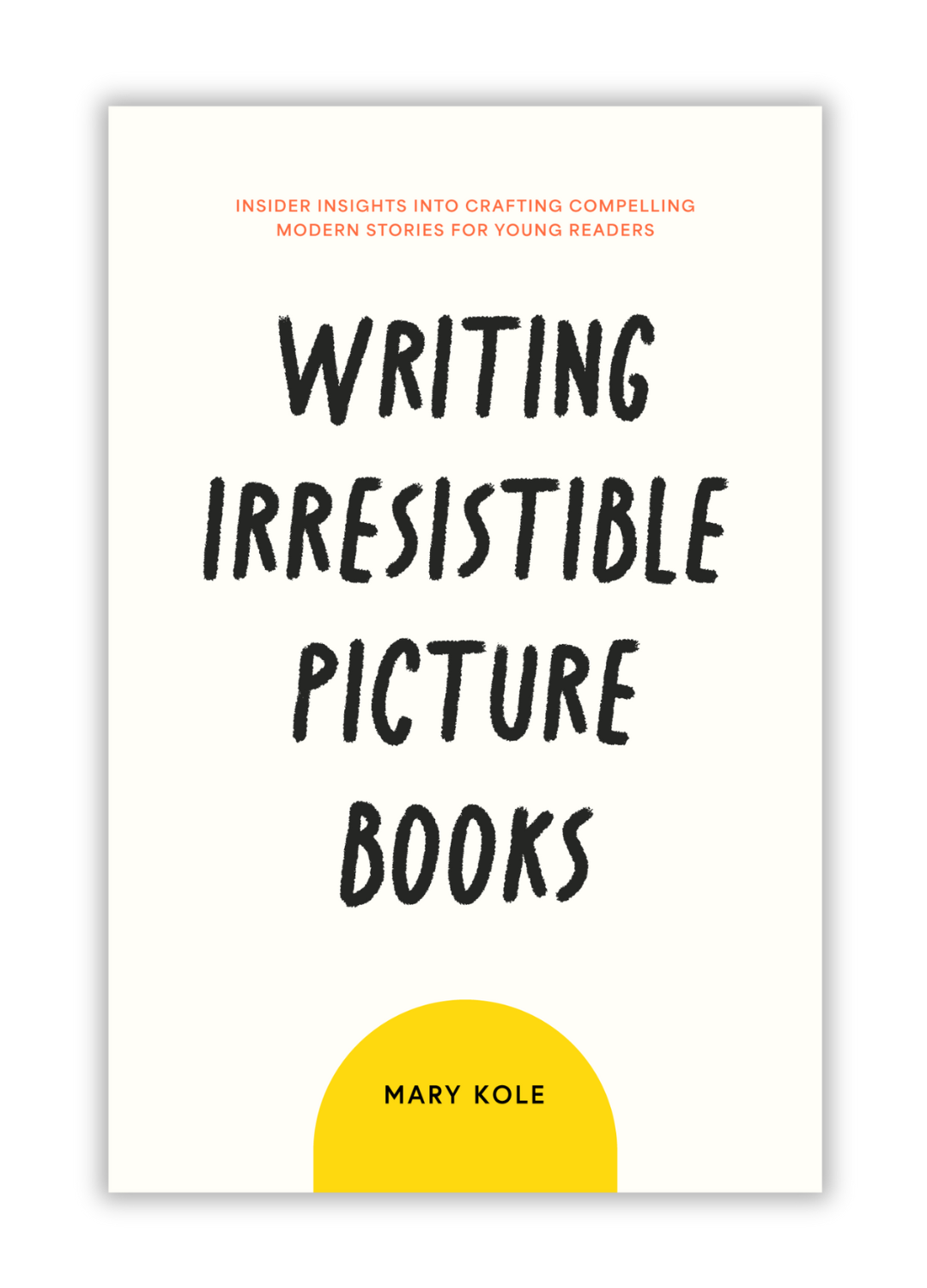How to Write Nonfiction
Books for Kids
By Mary Kole
Mary Kole is a former literary agent, freelance editor, writing teacher, author of Writing Irresistible Kidlit, and IP developer for major publishers, with over a decade in the publishing industry.
If you want to write nonfiction books for kids, you’ve come to the right place. Here, you’ll find advice on targeting the right nonfiction books for kids age group, nonfiction picture book word count, and nonfiction picture book page count. You’ll also learn about writing nonfiction books for kids query letters, and how to find nonfiction picture book literary agents and publishers.
How to Write Nonfiction Books for Kids
Nonfiction books for kids is a special category in the children’s book market. For the most part, nonfiction books for kids refer to nonfiction picture books. These are short books written for younger readers about educational topics, from picture book biographies to nonfiction picture books on certain animals, or topics to do with math, science, or history. Since nonfiction books for kids are sold in large part to schools and libraries, the best nonfiction picture books have strong curriculum hooks that tie into the academic needs of various grade levels.
If you’re interested in writing nonfiction books for kids, your best bet is to choose an interesting topic, or approach a familiar topic in a new way. Do we need another Abraham Lincoln biography, for example? Or another explanation of the water cycle? No, but how about shining the spotlight on a rare person from history, or getting more specific, like writing about water as an alternative energy source. It also greatly helps your nonfiction books for kids case if you have qualifications that make you an expert in your field, or otherwise give you relevant experience on your chosen topic.
Nonfiction Books for Kids: Nonfiction Picture Book Age Group
For the most part, nonfiction books for kids appeal to an age group that is older than the general picture book audience. Smart writers know that children’s book publishing is divided by category, age, and reading level. For most nonfiction books for kids, readers are five years old or older. Nonfiction picture books can be used in the classroom into the higher elementary school grades, depending on the scope of the work and the supplementary nonfiction content, like the afterword and glossary.
Nonfiction Books for Kids: Nonfiction Picture Book Word Count
How many words you’ll find in a nonfiction picture book depends on the amount of information being presented. Nonfiction books for kids that are geared toward slightly younger readers and grade levels are complete around 1,000 words. Most nonfiction picture book word counts clock in at around 2,000 words, sometimes up to 3,000, when you include an afterword, author’s note, glossary, and bibliography. These supplementary materials are often included in nonfiction books for kids because that makes the manuscripts more attractive to the school and library market.
Nonfiction Books for Kids: Nonfiction Picture Book Page Count
Expectations for nonfiction picture book page count are looser than traditional fiction picture book page count expectations (32 pages for the vast majority of books). That’s because nonfiction picture book length varies. Shorter nonfiction picture books will still be 32 pages. Other projects, maybe with longer word counts, will be 40, 48, 56, or 64 pages. It also depends on the length of your “back matter,” materials like the afterword, author note, teacher guide, glossary, bibliography, etc.
Nonfiction Books for Kids: Nonfiction Picture Book Considerations
Nonfiction picture books can be a tough category to break into, especially if you want to include fiction storytelling. A good example of this conceit at work is the Magic School Bus series by Joanna Cole and Bruce Degen. It features a fictional character and story frame that wraps around the nonfiction content. The characters interact with the lesson, and there’s always a topic, since these are nonfiction books for kids, and there’s dialogue and some light character development. But the balance of information is largely nonfiction in nature.
Narrative nonfiction picture books should aim to be primarily nonfiction, without too much intrusion from fictional elements. Otherwise, you enter a gray area between fiction and nonfiction, and publishers will be looking for a stronger emphasis on one or the other. It’s very tough to do both things equally well.
Nonfiction Books for Kids: Nonfiction Picture Book Publishing
If you’re curious about how to publish nonfiction books for kids, you’ll find that the process is largely the same as it is for fiction picture books. Publishers of nonfiction children’s books are usually more willing to hear from content creators directly, as some of these houses are smaller or considered to be “institutional publishers,” or publishing houses that market to schools and libraries. Many of the bigger publishers of nonfiction children’s books will only look at agented submissions, however.
To attract the attention of publishers or nonfiction picture book literary agents, you will need a complete manuscript, including any back matter that you plan to include. You will also need a nonfiction picture book query letter that pitches your project, establishes a market need and curriculum hook, and explains your credentials in writing this story.
Your expertise and any social media platform for writers that you can bring to the project is considered at a premium. In a crowded nonfiction picture book market, the specific slant you’ve chosen for your idea is the biggest predictor of success. Publishers and agents in the nonfiction books for kids space are especially looking for fresh takes on familiar topics.
This post contains affiliate links.

Click here to purchase Writing Irresistible Picture Books, my book on children’s picture books. This comprehensive guide is crammed with craft advice and groundbreaking original research, including a survey of 1,000 upcoming picture book deals, a breakdown of 80 modern and marketable picture book topics, and in-depth analysis of over 150 published picture books.



